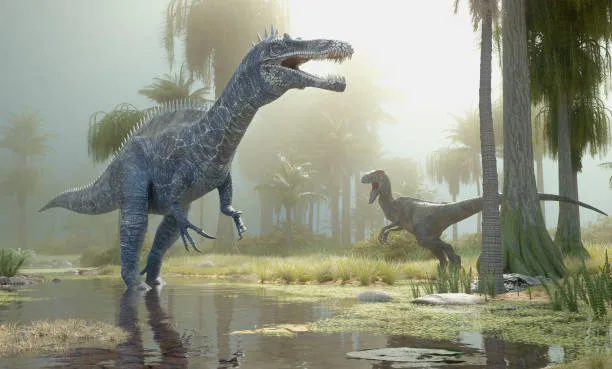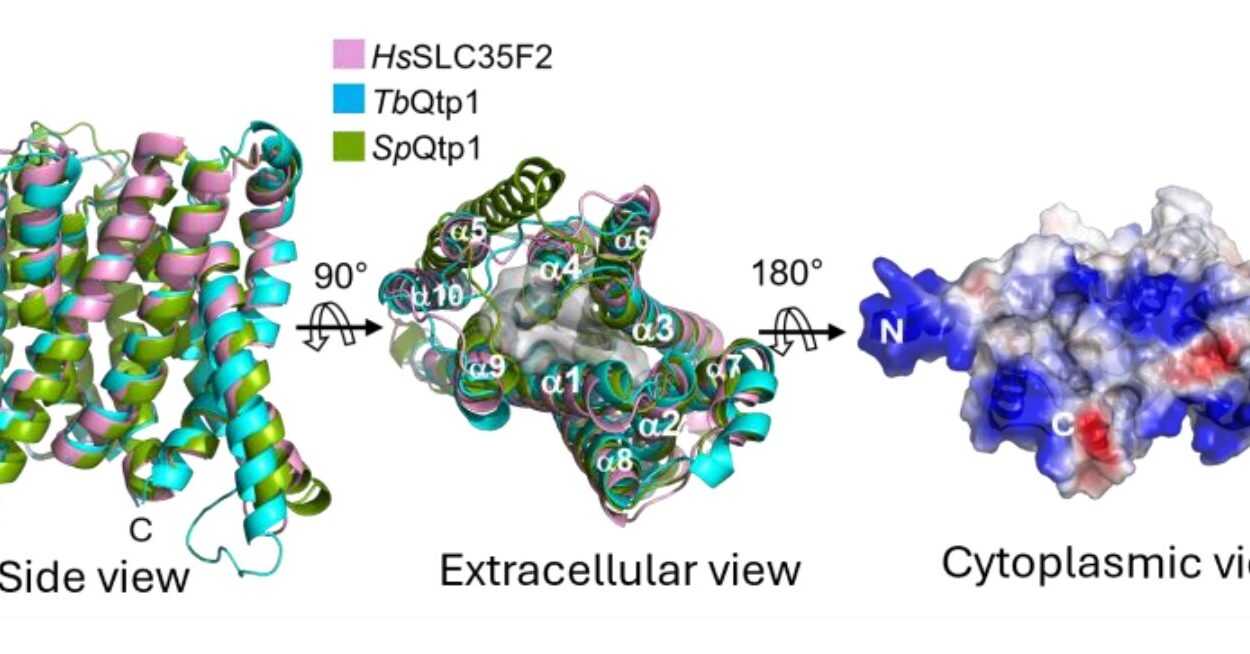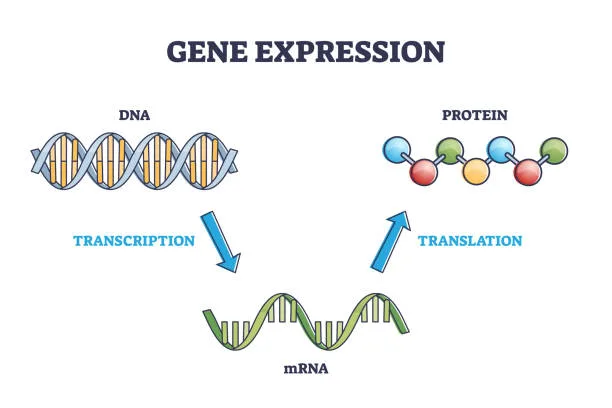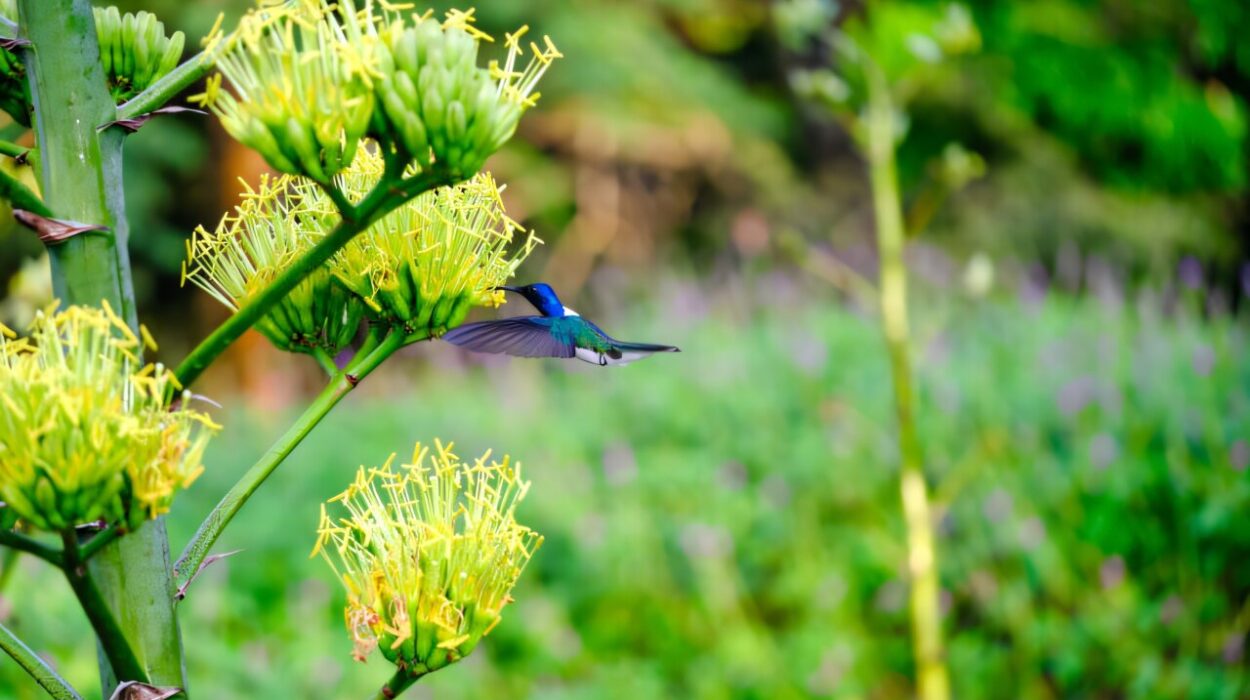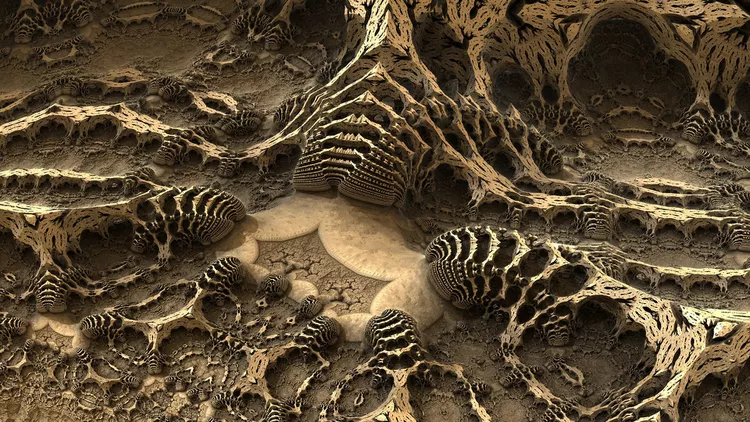Long before the sound of songbirds filled ancient forests and the sky became a canvas for wings, the earth trembled beneath the feet of thunderous reptiles. Dinosaurs ruled for over 150 million years, their reign spanning epochs, their forms vast and varied—from the towering Tyrannosaurus rex to the ostrich-sized Velociraptor. And then, against all odds and amidst cataclysmic change, a miracle of transformation occurred: some dinosaurs didn’t die out. They evolved. And today, their descendants flutter in our gardens and soar over our cities, chirping testaments to deep time. Birds are not just related to dinosaurs—they are dinosaurs. The story of how they emerged from their terrible ancestors is not a legend. It’s written in the rocks.
The Dinosaur Renaissance: A Scientific Awakening
For decades after the first discovery of dinosaur fossils in the 19th century, dinosaurs were seen as slow, dim-witted lizards—cold-blooded and lumbering. This perception matched Victorian expectations of creatures buried deep in time: obsolete, monstrous, and primitive. Birds, on the other hand, were marvels of the modern world—endlessly adaptable, capable of flight, and alive with color and intelligence. The notion that these two worlds could be connected was not easily accepted.
But in the 1960s and 70s, a scientific revolution—later dubbed the “Dinosaur Renaissance”—reshaped our understanding. Paleontologists like John H. Ostrom and later, Jack Horner and others, began to challenge traditional assumptions. They proposed that some dinosaurs were warm-blooded, agile, and perhaps even social. The most dramatic suggestion of all came with the fossilized skeleton of a small, feathered dinosaur known as Deinonychus antirrhopus. With a stiff tail, a large sickle-shaped claw, and an upright posture, Deinonychus resembled something between a bird and a raptor. It was no coincidence.
Ostrom’s studies of Deinonychus reignited interest in an even older fossil: Archaeopteryx, first discovered in 1861 in Germany’s Solnhofen limestone. This creature, about the size of a raven, had feathers, wings, and a wishbone—but also teeth, a long bony tail, and clawed fingers. It was, quite literally, the missing link. Yet it had been misunderstood, its implications buried beneath decades of dogma. Now, the story of avian origins could be told not in whispers but in shouts—supported by layers of evidence and a flood of astonishing new fossils from China, Mongolia, and beyond.
The Feathered Dinosaurs of Liaoning
In the late 1990s, a wind of change swept from the dusty shale beds of Liaoning Province in northeastern China. There, in ancient lake sediments over 120 million years old, lay an exquisitely preserved parade of creatures frozen in time: feathered dinosaurs. These were not birds, but dinosaurs with unmistakable plumage—downy fluff, filaments, even branching, asymmetrical feathers like those used in modern flight.
The first to cause international headlines was Sinosauropteryx, a small theropod with a halo of filamentous structures along its body. These were not scales or skin impressions, but primitive feathers—simple strands, probably used for insulation. Then came Caudipteryx and Protarchaeopteryx, with broad feather fans on their arms and tails, not for flying, but perhaps for display. The floodgates opened with Microraptor, a four-winged dinosaur with feathers on both its arms and legs, gliding through the forests like a flying squirrel with feathers.
These fossils illuminated a key realization: feathers evolved before flight. They were not initially designed to lift creatures into the air. Instead, they likely served multiple purposes—thermal regulation, camouflage, signaling, and courtship. The aerodynamic advantages came later. Natural selection, always opportunistic, sculpted feathers into wings, and wings into mechanisms of powered flight.
Tracing the Avian Blueprint in Dinosaur Bones
Skeletal evidence offers a profound window into this transformation. The similarities between certain theropod dinosaurs—especially the maniraptorans—and modern birds are striking. Both share hollow bones, three-toed limbs, a backward-facing pubis bone, a large, keeled sternum (in more derived birds), and a furcula, or wishbone.
The wishbone is particularly telling. In birds, it acts like a spring during flight, storing and releasing energy with each wingbeat. Discovering it in non-avian dinosaurs like Velociraptor and Deinonychus was revelatory. It hinted that the framework for flight existed long before birds took to the sky.
Furthermore, the orientation of wrists in bird-like dinosaurs reveals a crucial adaptation. Unlike the stiff, straight wrists of other reptiles, these dinosaurs had semi-lunate wrist bones, allowing the hands to fold sideways—essential for the flapping motion of wings. This movement wasn’t invented by birds; it was inherited.
Other adaptations, like the shrinking of tails and fusion of vertebrae into the pygostyle (the bony knob at the base of a bird’s tail), or the evolution of the keeled sternum to support flight muscles, show a slow morphing of form. Evolution didn’t leap—it layered, repurposed, refined.
From Ground to Air: The Debate Over Flight’s Origin
Even with a growing body of fossil evidence, one question remained hotly debated: how did flight actually evolve? Two primary hypotheses emerged: the “ground-up” and the “trees-down” theories.
The “ground-up” model, or cursorial hypothesis, proposes that flight evolved from running dinosaurs that used their feathered forelimbs to aid in balance, jumping, or even capturing prey. As they flapped for stability or thrust, they inadvertently developed the mechanics of flight. This idea is bolstered by experiments with modern birds and simulations with robotic dinosaurs.
Conversely, the “trees-down” or arboreal hypothesis suggests that small dinosaurs climbed trees and glided down using feathered limbs. Over time, these gliding motions developed into powered flight. Creatures like Microraptor, with its four wings, support this theory.
Both theories have merit, and the truth may lie somewhere between. What is clear is that flight did not appear overnight. It was a process of gradual acquisition—first of feathers, then of structures for control, and finally, of the ability to generate lift and thrust.
Archaeopteryx: A Mosaic of Past and Future
No discussion of avian evolution is complete without Archaeopteryx, the “first bird” that was neither fully bird nor fully dinosaur. Discovered just two years after Darwin’s On the Origin of Species, it became a centerpiece in the debate over evolution itself.
With avian feathers and a bird-like braincase, Archaeopteryx could almost be mistaken for a modern bird. But its skeleton betrayed its deeper lineage. It had teeth in its beak, a long bony tail, and claws on its wings. The presence of asymmetrical flight feathers suggested some ability to fly, or at least glide, though whether it flapped like a sparrow or glided like a flying squirrel is still debated.
What matters is that Archaeopteryx is a transitional fossil. It preserves a moment of becoming, where evolution is caught in mid-step. It shows us that the boundary between bird and dinosaur is not a hard line, but a blurred continuum.
A Spectrum, Not a Leap
As more fossils emerge, the distinction between birds and their dinosaur ancestors continues to erode. Take Anchiornis, for example—a small feathered dinosaur with traits shared by both early birds and their non-avian kin. Or Confuciusornis, which had a toothless beak and long tail feathers, yet retained claws on its wings.
These aren’t mere curiosities; they map the evolutionary spectrum from ground-dwelling dinosaur to sky-soaring bird. The transition wasn’t linear or clean. Evolution experiments, falters, and retools. There were likely many lineages of feathered dinosaurs—some that glided, some that flapped, some that failed. Only one lineage survived the great extinction event 66 million years ago. But before that cataclysm, the skies were already crowded with diverse, avian-like dinosaurs exploring every aerial niche.
The Cretaceous Cataclysm and the Survival of Birds
When a massive asteroid struck Earth near the Yucatán Peninsula at the end of the Cretaceous Period, it triggered a chain of apocalyptic events: tsunamis, firestorms, and a prolonged nuclear winter. Three-quarters of Earth’s species vanished. The non-avian dinosaurs were among the casualties. But birds survived.
Why? That remains a subject of research and debate. One possibility is that birds, being smaller and more versatile in their diets, were better suited to survive the ecological collapse. Some may have eaten seeds or insects, resources that were more available post-impact. Others could migrate or shelter in trees. Their warm-bloodedness and high metabolism might have helped them endure the cold.
What is certain is that only a few lineages of birds made it through. These gave rise to all modern birds, from hummingbirds to hawks. Their survival wasn’t guaranteed. It was a twist of fate, aided by evolutionary flexibility and perhaps sheer luck. But from that narrow bottleneck, avian life exploded once more.
Birds Today: Living Dinosaurs Among Us
Look at a pigeon pecking crumbs, a hawk slicing through the sky, or a penguin rocketing through icy waters—and you are witnessing the legacy of the Mesozoic. Every feather, every hollow bone, every beak carries echoes of the ancient world.
The beaks we see today replaced teeth—lighter, sharper, more versatile. Wings, adapted from forelimbs, now perform ballet in the sky. Their bones, air-filled and strong, tell a story millions of years old. Even behaviors like nesting, brooding, and vocalization have roots in dinosaur lineage. Fossils of Oviraptor and Troodon show them curled protectively around clutches of eggs, like mother hens.
Some birds, like cassowaries and ostriches, resemble their dinosaur ancestors so strongly that it’s hard not to imagine them as relics of a lost age. The clawed wings of the hoatzin chick, or the predatory stare of a secretary bird, remind us that evolution doesn’t erase—it transforms.
Conclusion: Feathers Woven From Stone
The evolution of birds from dinosaurs is one of the most astonishing transformations in the history of life. It is a journey from ground to sky, from scaled skin to feathers, from roaring to singing. It is a narrative of resilience, adaptation, and beauty born from catastrophe.
Fossils have been our time machines, each one a whisper from a vanished world. They tell a tale not of sudden leaps but of subtle changes compounded across millennia. They remind us that nature does not discard—it recycles, reuses, and reimagines.
In every birdsong, in every wingbeat, in every migration across hemispheres, the legacy of the dinosaurs endures. The next time you see a sparrow dart through a garden or a falcon dive from the sky, remember: you are looking at a dinosaur, not extinct, but transformed. Not a ghost, but a survivor. Their story, and ours, is still unfolding—written not just in stone, but in flight.
